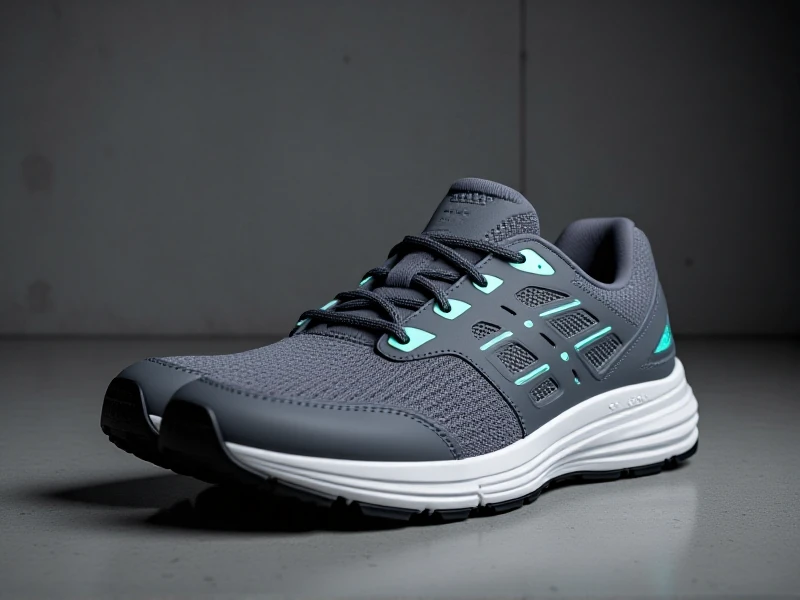
The Perfect Fit: Unlock Your Running Potential | Ultimate Guide to Running Shoes
Ready for SEO article with keyword "running shoes"?
Here is the optimized content:
|
Finding the right running shoes might seem simple, but it's the foundation of every successful run. Whether you're training for a marathon, enjoying a daily jog, or just starting your fitness journey, the correct footwear makes a world of difference. Quality running shoes aren't just about cushioning; they're about support, performance, and injury prevention.
Modern footwear technology has transformed what running shoes can do. Advanced cushioning systems absorb impact, lessening stress on your knees and joints. Stability features built into the sole guide your foot's natural motion, combating overpronation or supination. Breathable mesh uppers keep feet cool mile after mile, while durable, grippy outsoles provide reliable traction on varied surfaces – be it city pavement, park trails, or treadmill belts. Every component works synergistically to protect your feet and enhance efficiency.
How do you find your ideal pair among countless options? Consider your core needs first:
- Foot Type & Gait: Do you have high arches, flat feet, or neutral pronation? Understanding your biomechanics is crucial. Visit a specialty running store for analysis if in doubt.
- Cushioning Level: Preferences vary. Some crave soft, plush landings (maximal cushion), others prefer ground-feel (minimalist), and many favour a responsive middle ground.
- Terrain: Road running shoes prioritize flexibility and cushion. Trail versions boast aggressive treads for off-road grip and extra protection.
- Feel & Fit: Always try shoes on later in the day when feet swell slightly. Ensure a snug (not tight) heel fit and a thumb's width of space at the toe. Prioritize comfort immediately – don't rely solely on "break-in."
Investing in well-fitted, high-performance running shoes is investing in your health and enjoyment of the sport. The perfect pair reduces injury risk, minimizes fatigue, and simply makes running feel better. Pay attention to mileage too; even the best shoes lose support and cushioning. Replacing them every 300-500 miles ensures consistent protection.
Don't settle for average support. Research, seek expert advice, try before you buy, and step into running shoes designed to move with you. Your body (and your running times) will thank you!